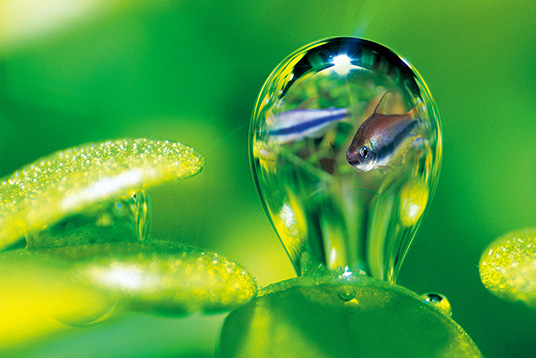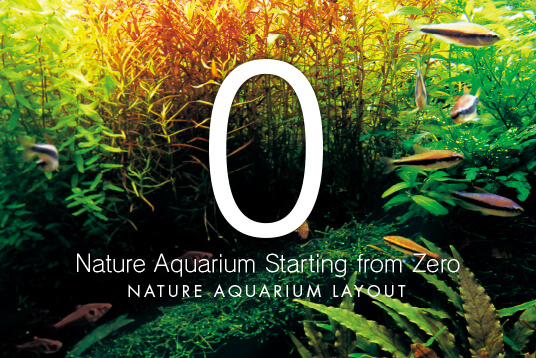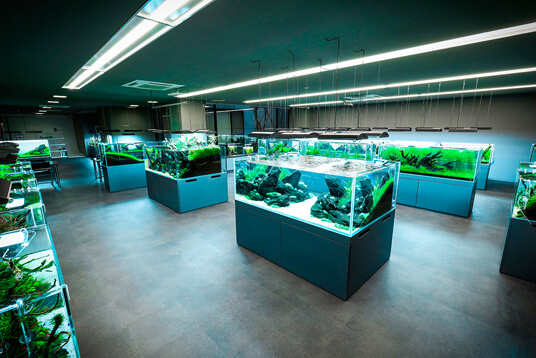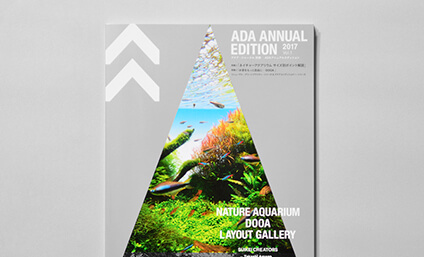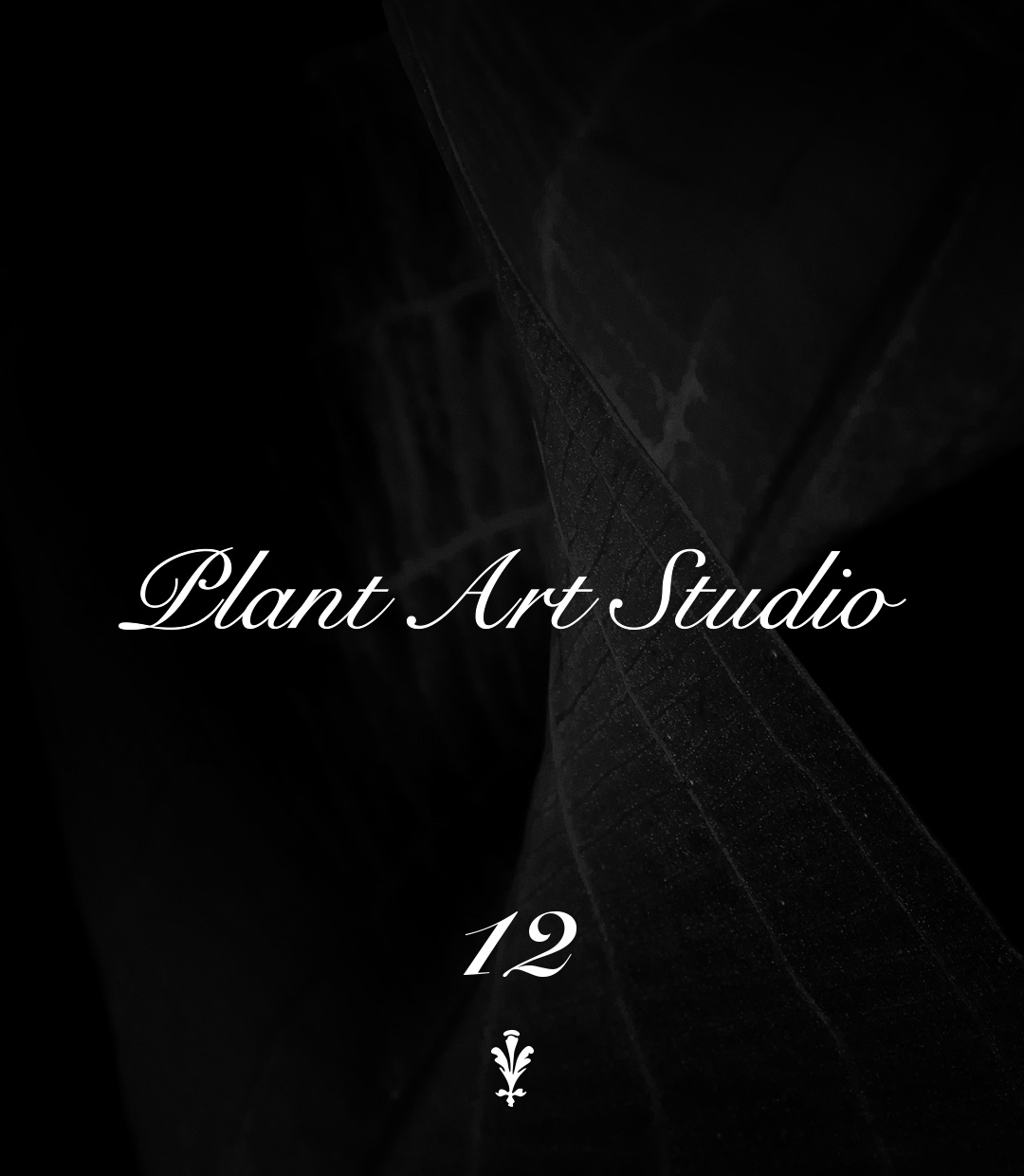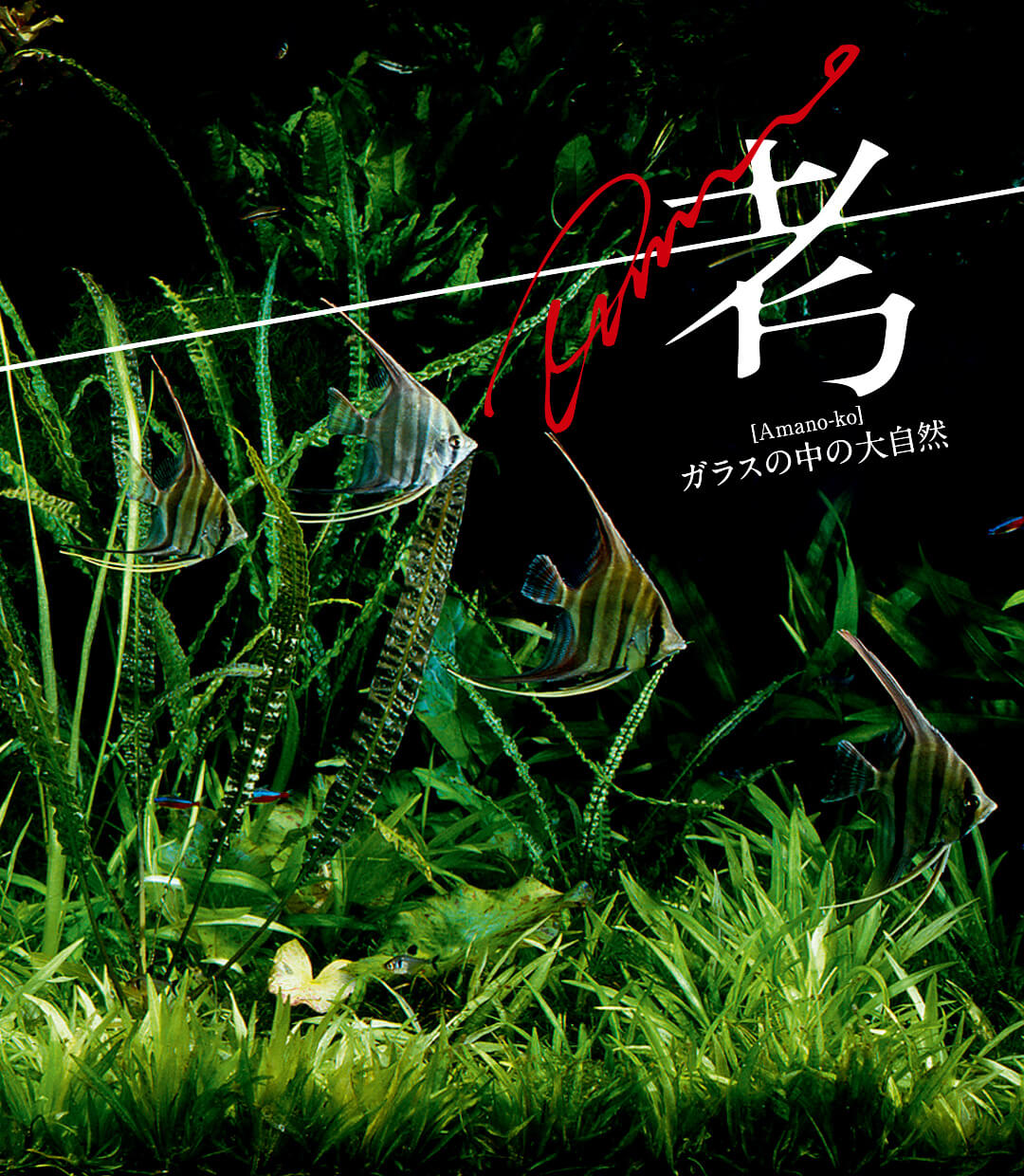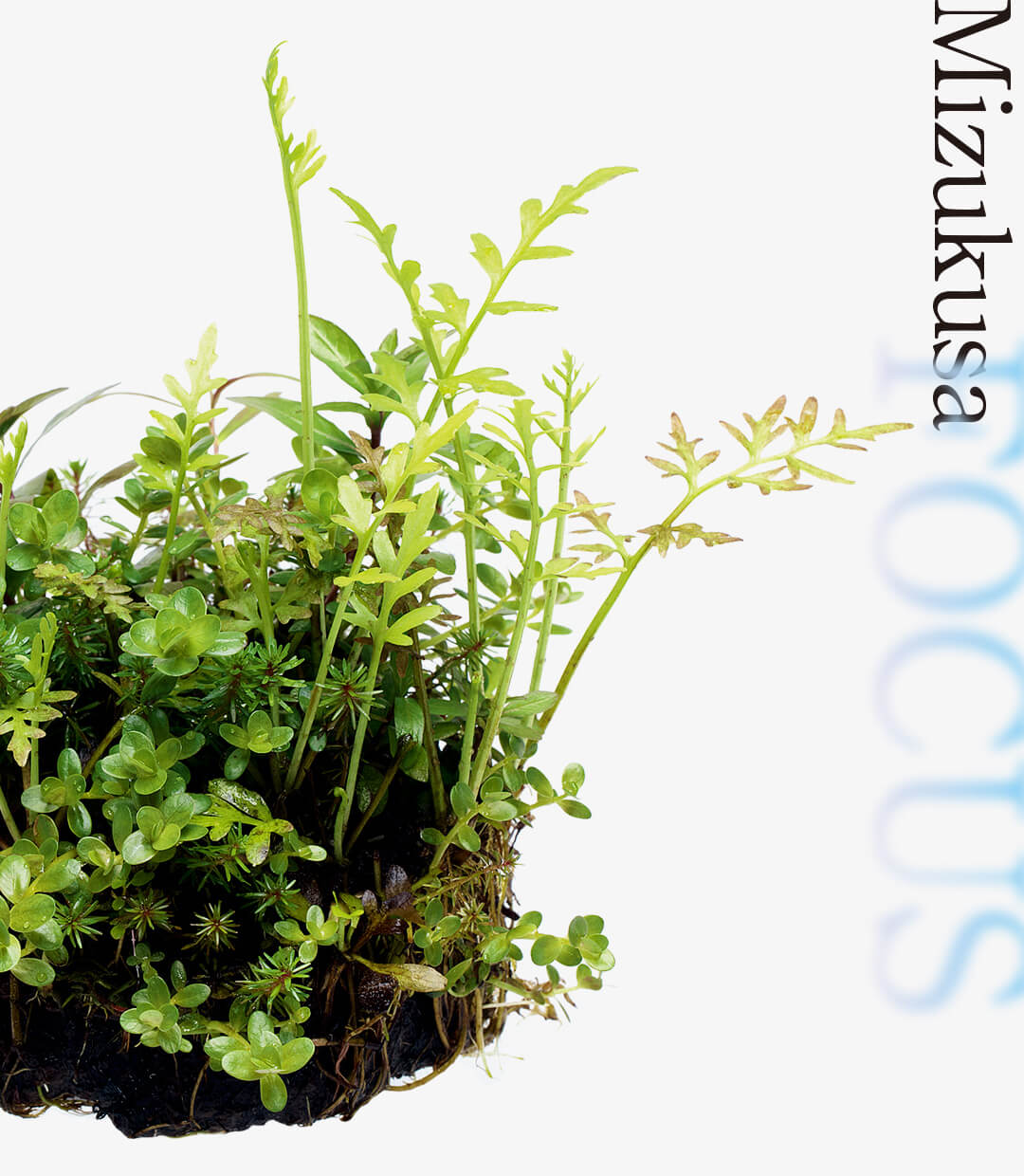2022.07.22
ADA PLANTS GALLERY #10 Dinema polybulbon
ADA’s Research and Development Department, called the Green Lab, develops a wide variety of greenery products. In this article, we would like to share with you some interesting bits of trivia about the plants produced in the lab, and a part of their true nature we see from time to time.
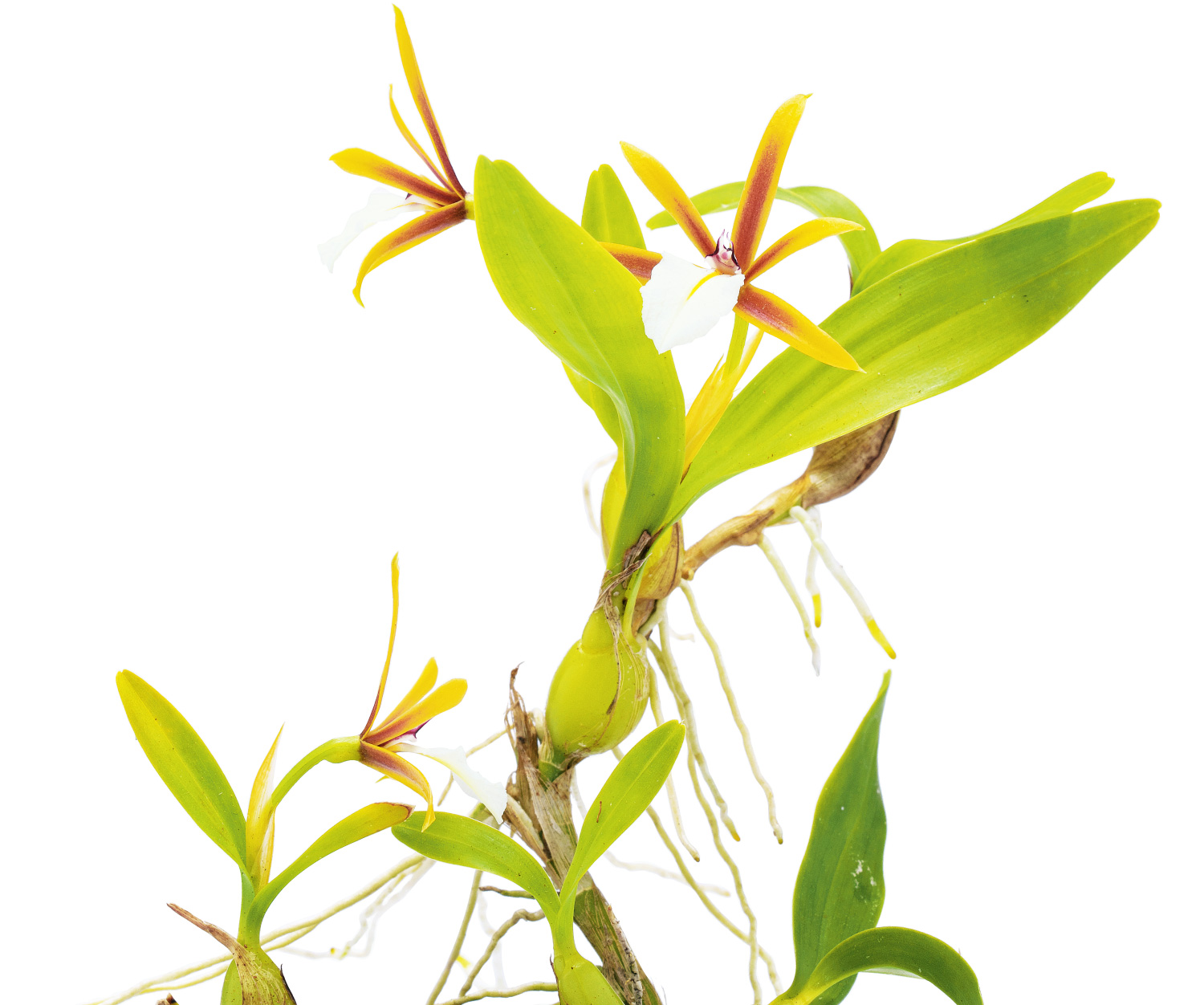
Introductory species of small epiphytic orchids
Dinema polybulbon, found in the jungles of Central America, is well known as an introductory species of small epiphytic orchids. It has ovate bulbs that are about 20 mm in diameter when fully grown, and two long oval leaves that are about 30 mm across. It grows on tree trunks and rock surfaces, and in some places, there are hundreds to thousands of bulbs growing densely. It is widely distributed at altitudes of 600-3200ⅿ, and is a robust small epiphytic orchid that can withstand heat and cold.
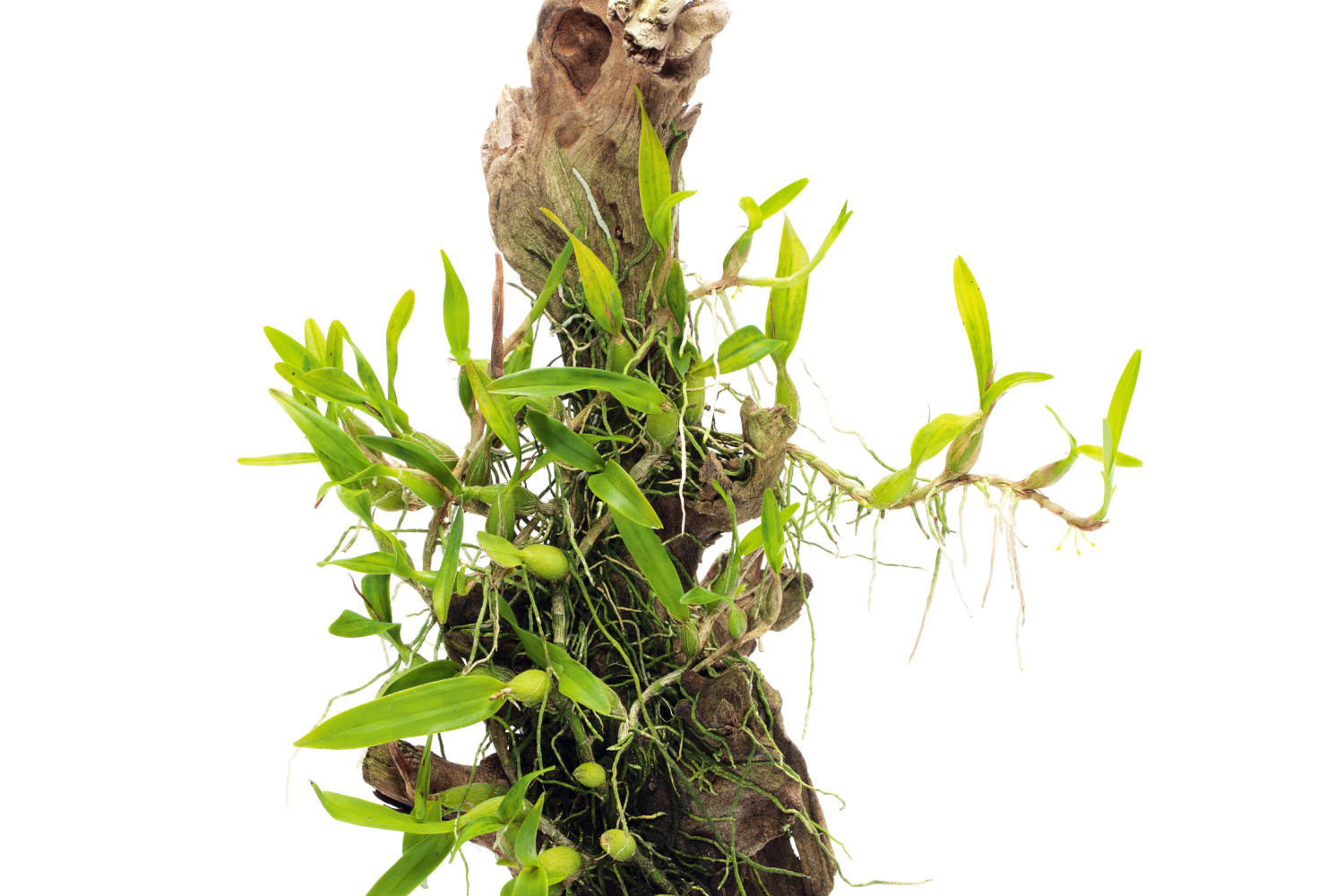
How to incorporate Dinema polybulbon into Paludarium.
In small containers, such as Glass Pot SHIZUKU, or Neo Glass Air, you can simply decorate by simply placing a Terra Plate with Dinema polybulbon or thicker Horn Wood SS – S pieces with Dinema polybulbon attached. In System Paluda, the best place is at the tip of the branch where the wind from Circulation Fan 40 and light can reach properly. In a layout, it is easier to develop dense growth if 3 or 4 plants are entangled together.
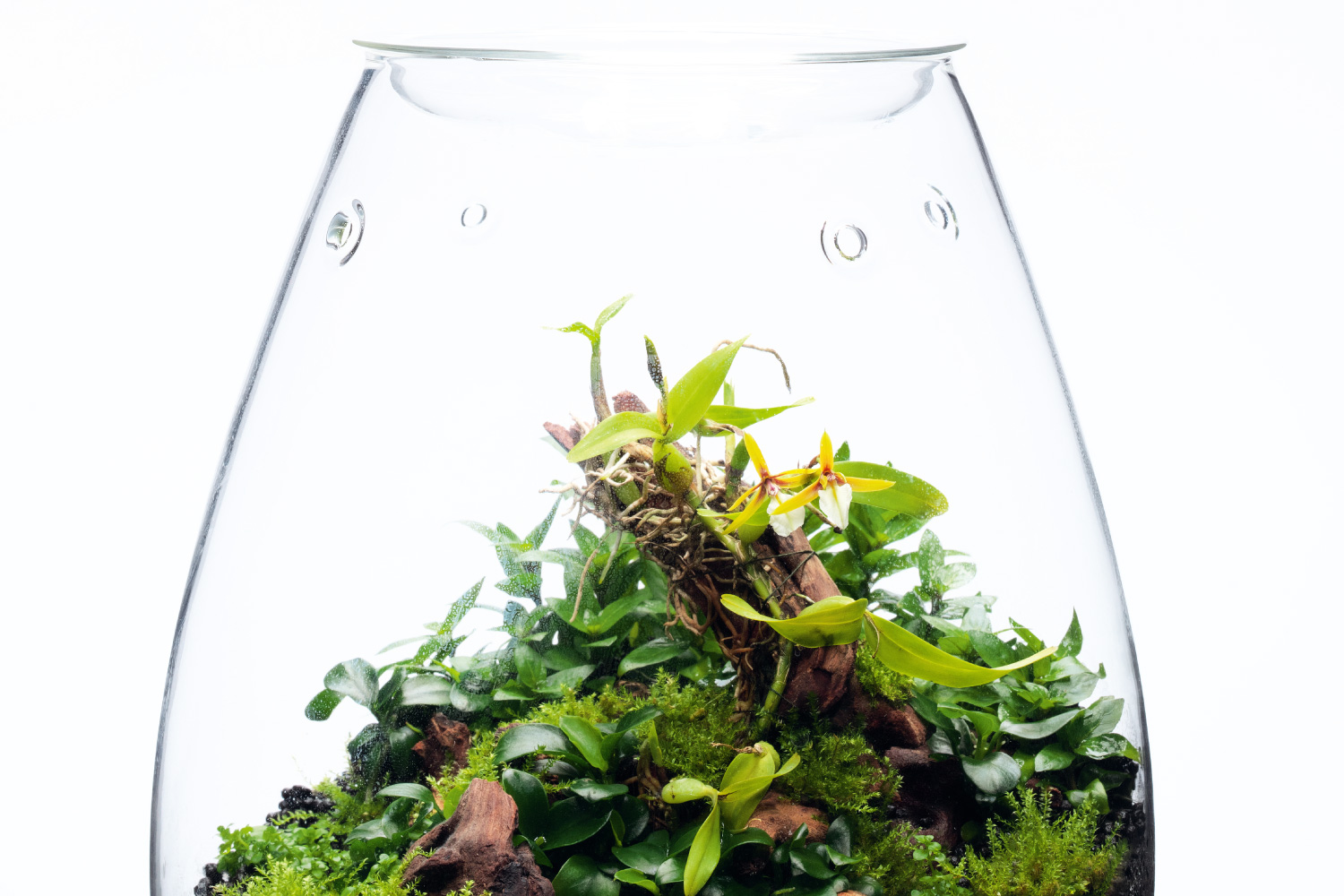
Flowers like the little sun
The flowers of Dinema polybulbon, which are in season from winter to spring, are basically dazzling bright yellow with white on the lip. The flowers also open while showing red within the yellow color, but there are individual differences in the shade of red and the red area, having some individuals showing more red than yellow. Whichever color is stronger, it is somewhat cheering, as if you are looking at a smaller version of the sun. The sight of a dense cluster blooming all at once is well worth seeing.
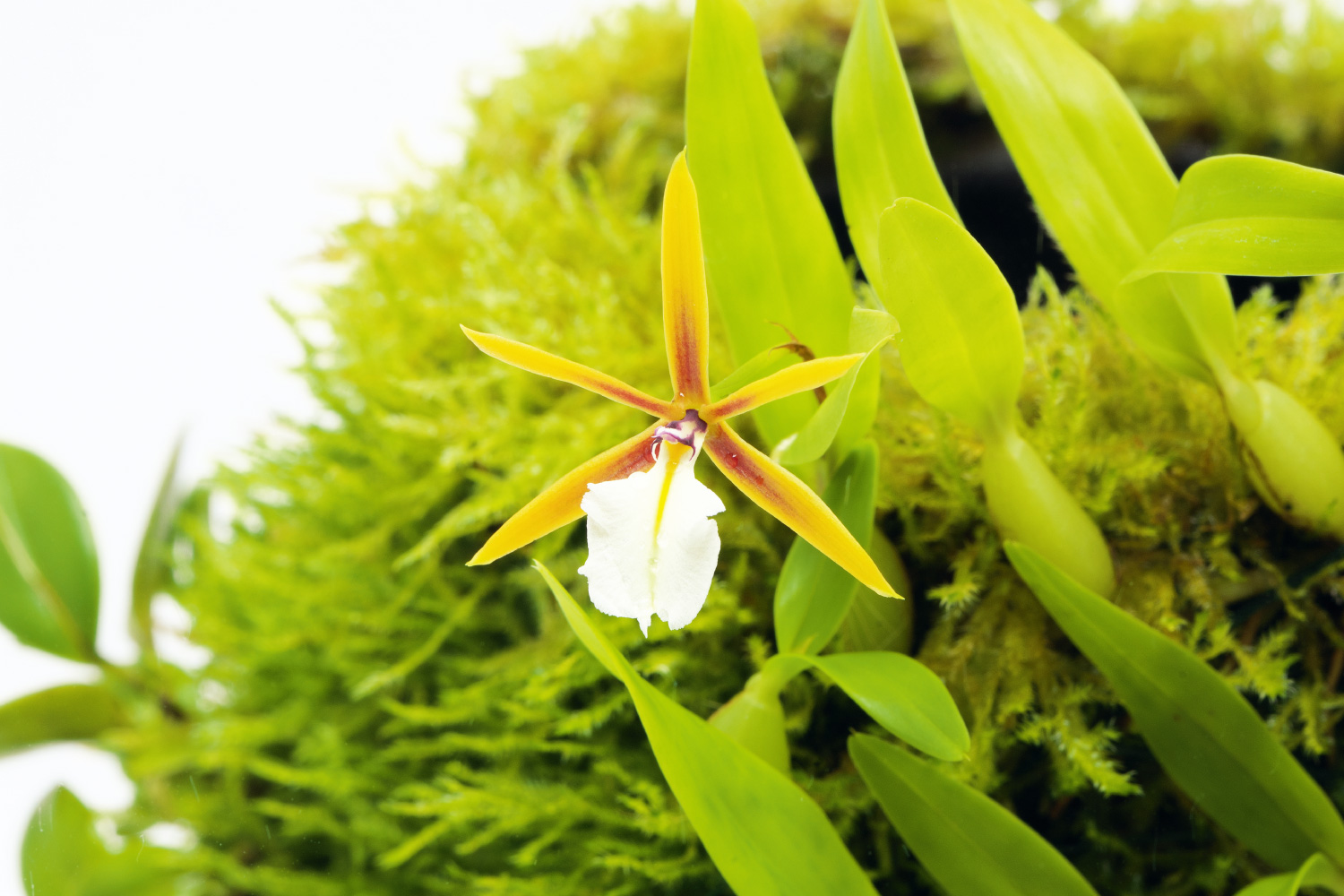
One Genus and One Species of Orchid
The genus Epidendrum, which has nearly 1,700 species, once included Dinema polybulbon, but it is now separated as a monotypic genus due to differences in flower shape and other factors. Epidendrum porpax and Dinema polybulbon have overlapping distributions, and it would be interesting to include them together in a layout as old friends.
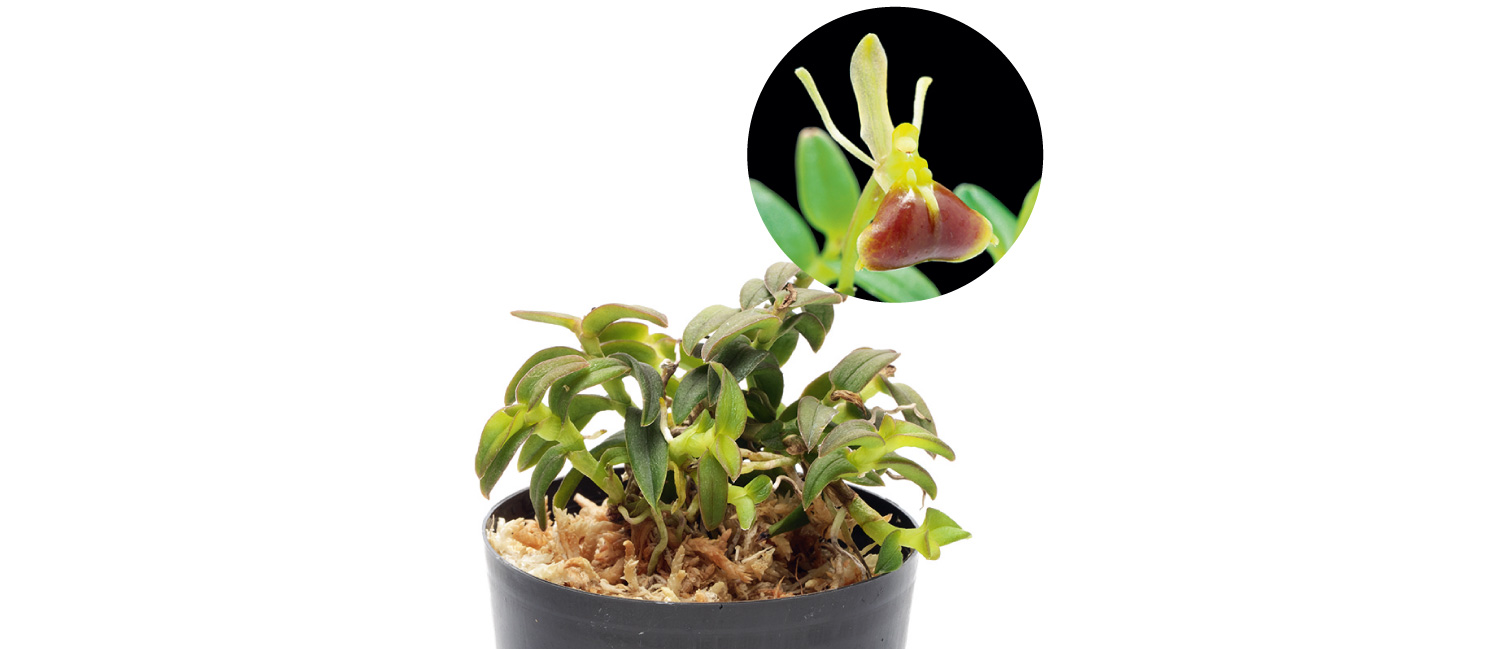
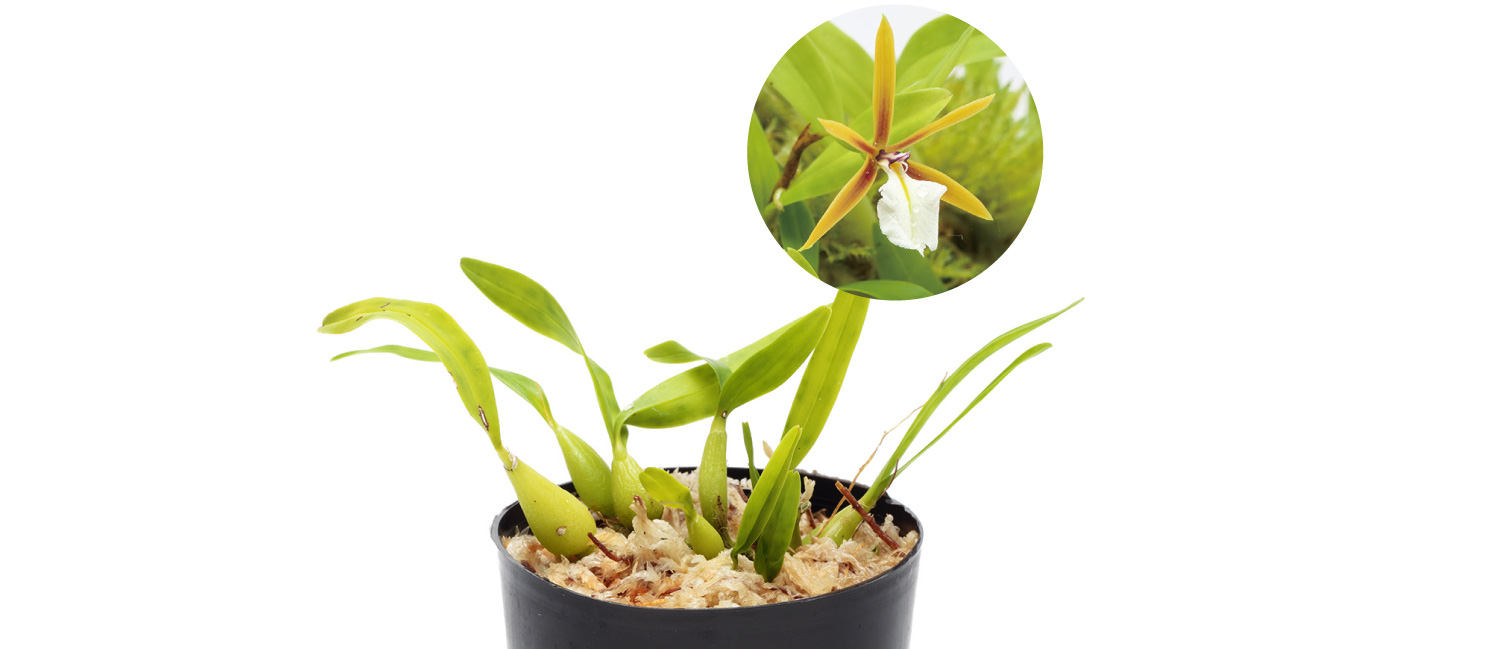
Because of the classification background and the fact that they are from the same region, a layout incorporating these two species will have a bit of a story behind it.
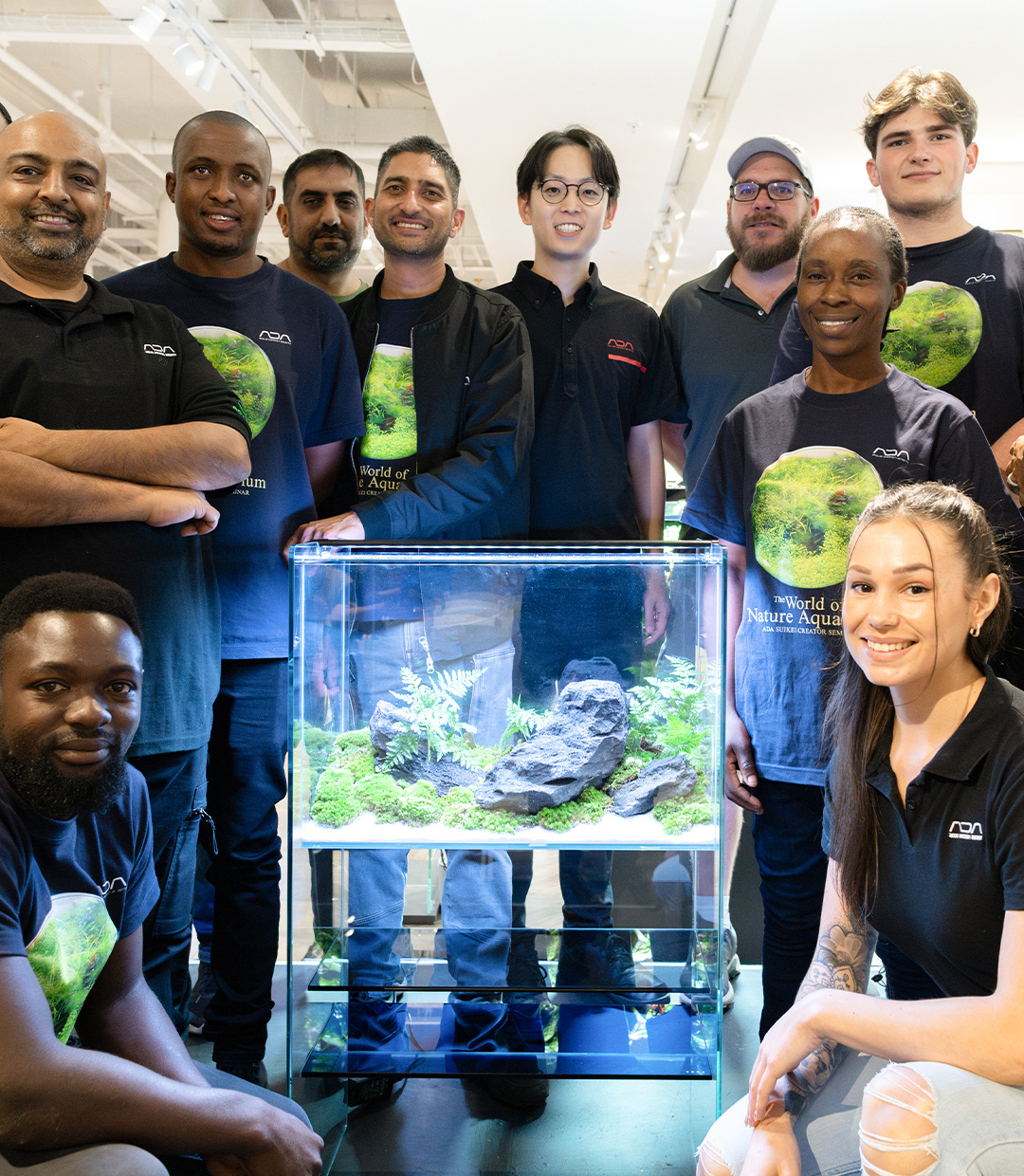
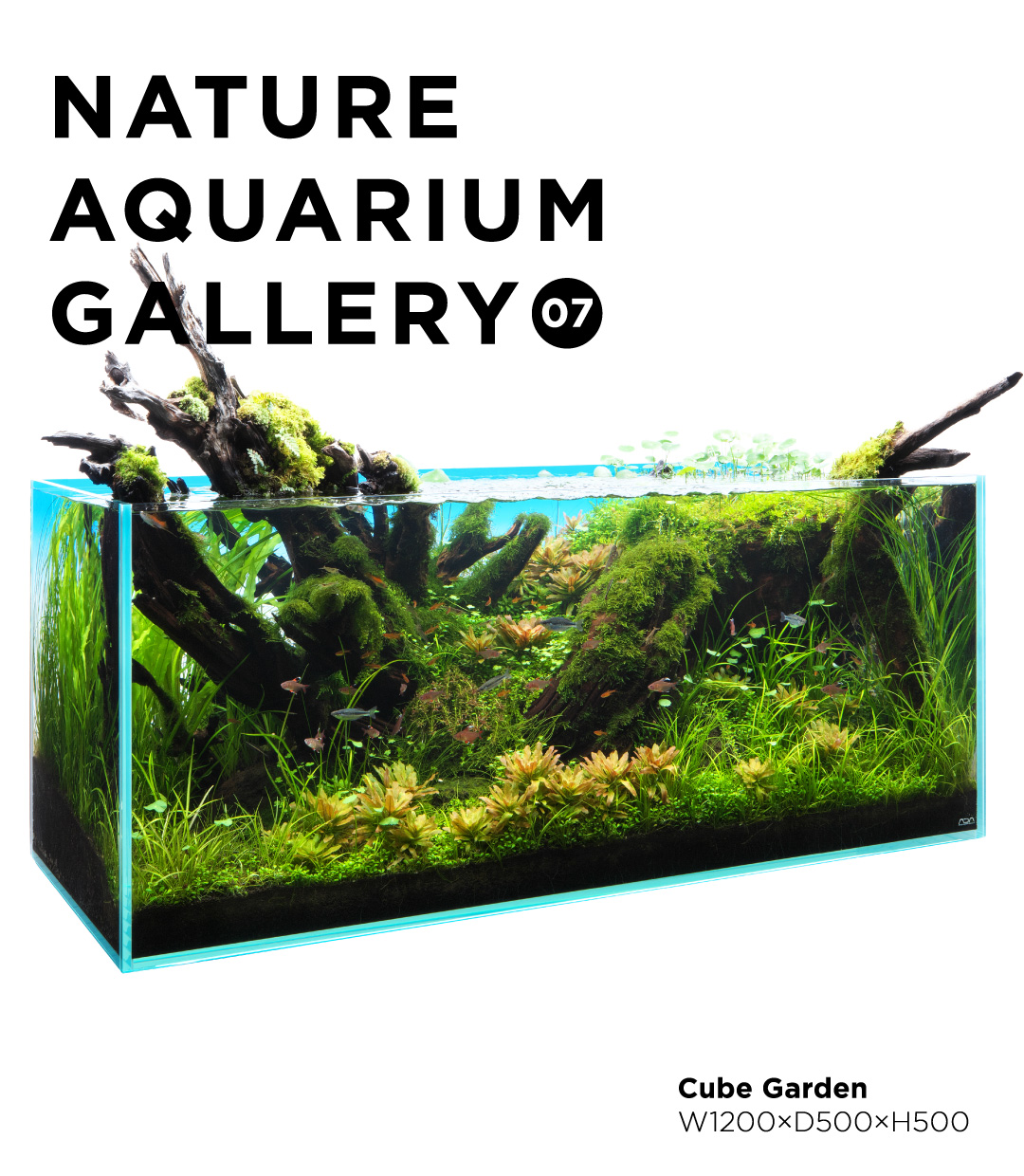
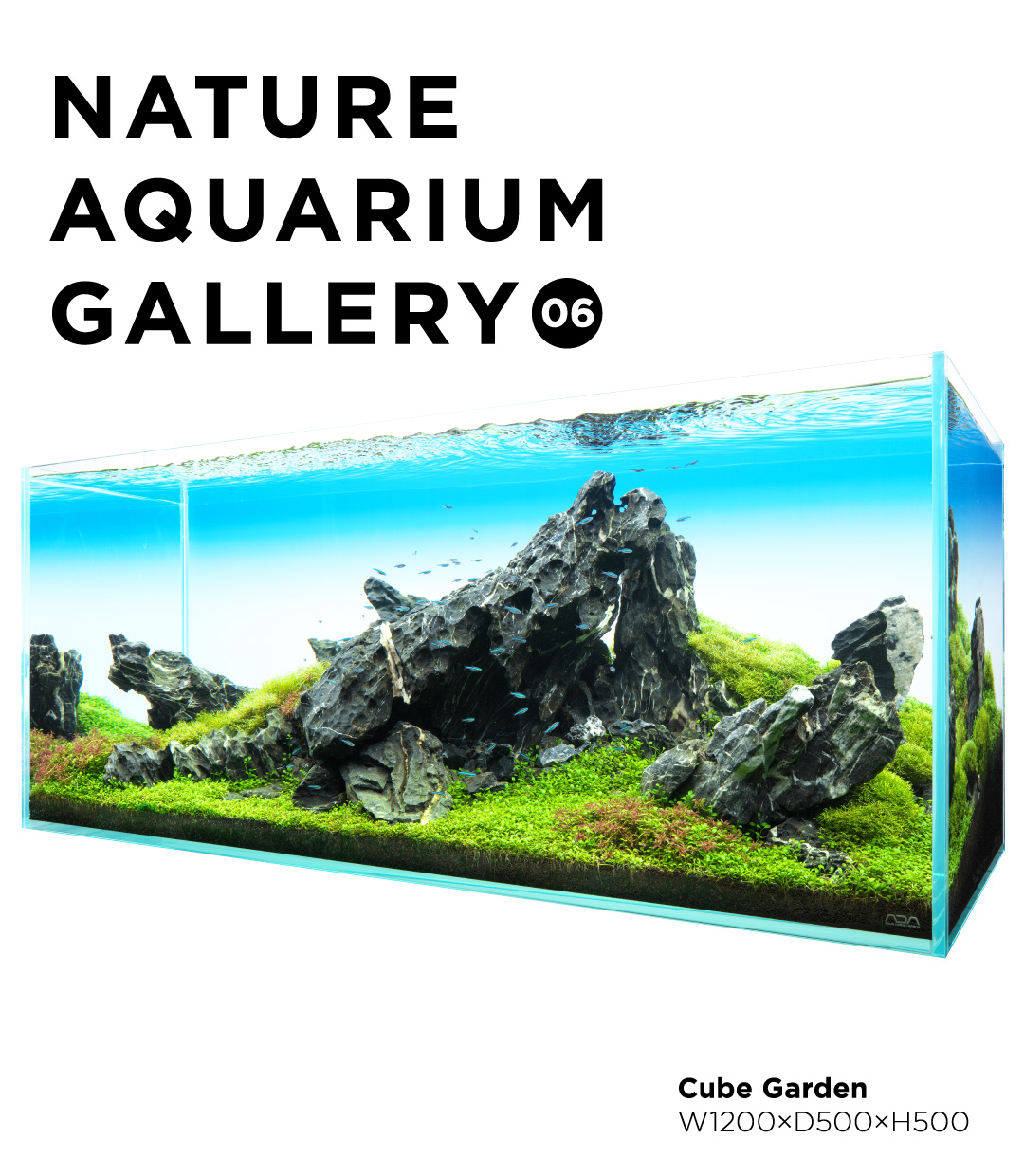
![Green Lab. #06 [ A Restful Waterside ]](https://www.adana.co.jp/wp-content/uploads/sites/3/2025/11/gl06_img_ogp.jpg)
